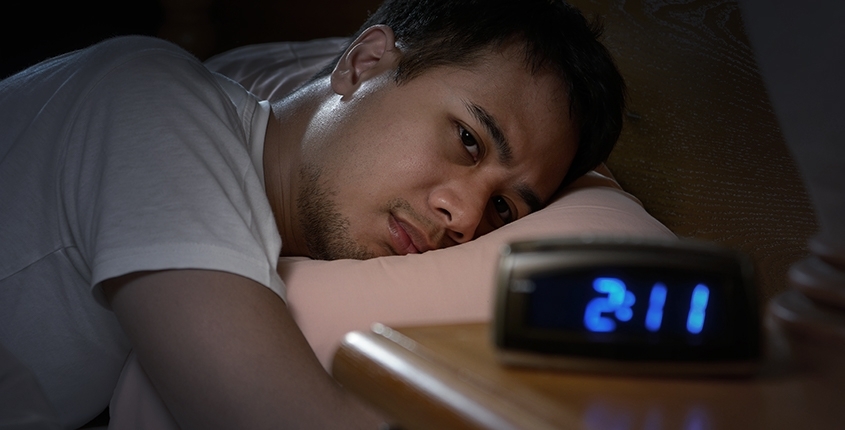Adjust your thermostat and find your perfect temperature for sleep

Find the right temperature for sleep and get back on a healthy track
Having problems falling asleep, waking up in the middle of the night, and experiencing difficulty getting back to sleep? You’re not alone. While most people are able to adjust their sleep patterns within a few days of the time change, others struggle to get even a few hours of quality sleep. Your age, work, eating and sleep schedule all contribute to how your body responds to the shift. Many people who approach the time change as a free hour of sleep in the morning tend to stay up even later than usual, which only aggravates issues.
Poor sleep can have a negative effect on your concentration, memory, mood and ability to perform daily tasks. It also puts you at a higher risk for obesity, depression, high blood pressure and more. If this sounds like you, don’t worry. There is an easy fix to cure those insomnia blues and get you back on a healthy track.
Just adjust your room thermostat.
Sounds simple, right? Of course, there are a myriad of other factors that contribute to a good night’s sleep. In the National Sleep Foundation’s 2012 Bedroom Poll, 93% of Americans cited a comfortable mattress, 91% chose quality pillows and 86% rated the comfort and feel of bedding as the most important factors contributing to solid sleep. But buying all new bedroom accessories can get expensive, so change your room thermostat first and see if it helps before you head to the nearest department store. It’s free, easy and one of the most effective ways to regulate your sleep.
How does it work?
If you think of your body as its own thermostat, you can understand why the air temperature of your room thermostat can have such a significant impact. Many of us have different resting metabolic rates that cause us to prefer a lower or higher temperature during the day. It’s the root cause of many home Thermostat Wars. But all of us experience a mild drop in body temperature at bedtime. It’s what helps your body induce sleep. Conversely, your core body temperature will start to rise when it’s time to wake up. If your internal thermostat doesn’t sync with your room thermostat, your body will think it’s time to rise and shine.
What’s the ideal sleep temperature?
While everyone is different, most people will experience disrupted sleep patterns in room temperatures above 75°F and below 54°F. Most sleep experts will recommend temperatures on the cooler side, with 65°F as the magical middle number.
Making this small adjustment to get the perfect temperature for sleep is easy to do with Sensi™ Smart Thermostats. Just use your app to add your nightly room temperature to your daily schedules. (Learn some tips for programming your Sensi thermostat.) Plus, there’s the added value of saving on your utility bill.
Finding the perfect temperature for sleep could result in a better mood, higher productivity and a fatter wallet. Who knew such a small thing could be such a big deal?
